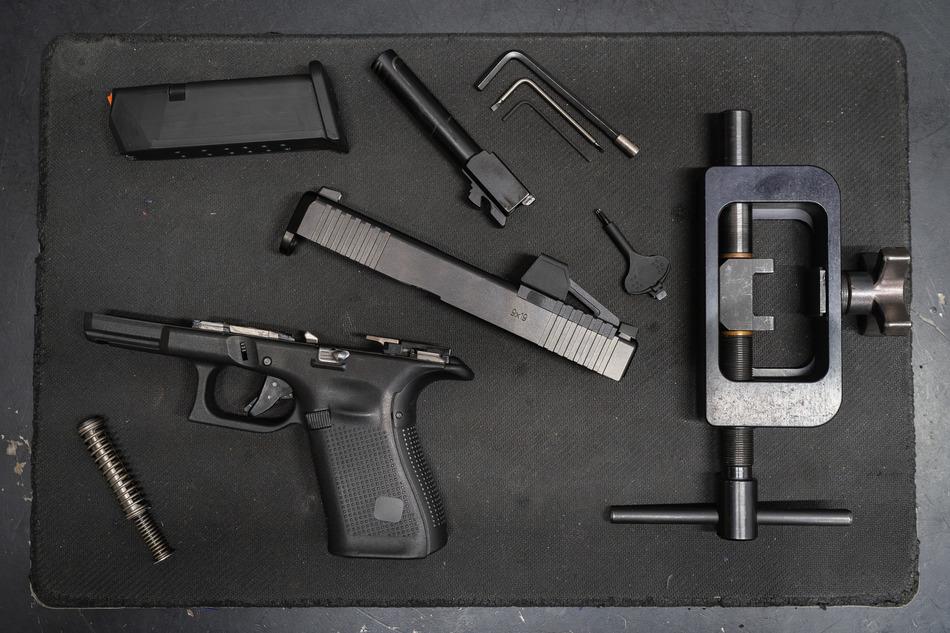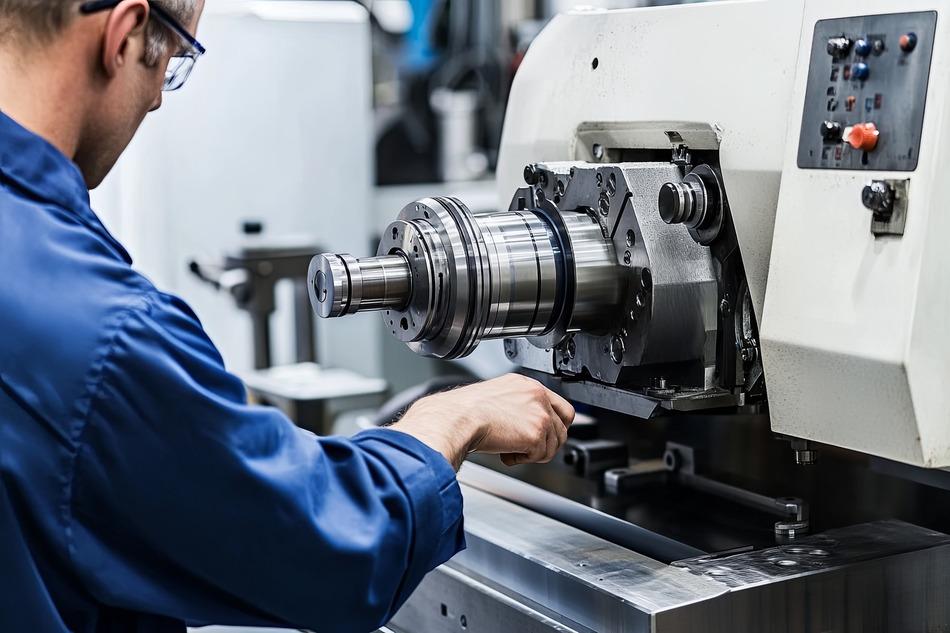How to Keep a New Manual Lathe in Top Condition
Even in today’s CNC-driven world, the manual lathe remains a critical tool for precision lathes cuts, fast setups, and hands-on control. Whether you’ve just purchased a new manual lathe or are maintaining a legacy unit, daily attention and proper maintenance make all the difference.
Well-maintained lathes are ideal for producing high quality parts, lasts longer, and ensures a safer working environment. This guide breaks down essential practices—from initial setup to long-term maintenance—so you can protect your investment and avoid costly repairs or downtime.
New Manual Lathe Needs Proper Setup
When installing a manual lathe machine, your first steps are some of the most important. Begin by ensuring the lathe is placed on a level surface and anchored securely to prevent vibration and drift.
Next, check the alignment between the tailstock and headstock. If they aren’t properly centered, the machine may cut tapers or leave uneven finishes. You should also verify that the carriage and cross-slide travel smoothly across the bed. If motion feels sticky or uneven, recheck your leveling and clear any factory residue that may have been left behind.
Before running the lathe, apply the manufacturer’s recommended lubricants to all moving parts. This includes lead screws, ways, and spindle bore bearings.
Improper lubrication or startup without adequate oil can shorten your machine’s lifespan—even when it’s brand new. Many engine lathes also require special setup steps to accommodate heavy workpieces or high-inertia applications, especially when used for metal cutting in a production environment.
Daily and Weekly Maintenance Tasks
Routine inspections are what keeps metalworking lathes running smoothly year after year. After every shift, wipe down exposed metal surfaces to prevent rust from coolant or condensation. Metal chips and swarf should be removed from the carriage, bedways, and toolpost to avoid damage to precision surfaces.
Each week, check the oil levels in the gearbox and make sure your lead screws and ways are properly lubricated. Look for signs of dried lubricant or sticky movement. A lathe that’s too dry will wear faster; one that’s over-lubricated can attract grime and clog key components.
Inspect the gibs, cross-slides, and feed controls. They should move freely without catching or rattling. Catching inconsistencies early allows you to make minor adjustments instead of waiting until something breaks. Whether you’re using small benchtop lathes or heavy duty models, staying on top of preventive maintenance protects performance across a wide range of machining jobs.
Common Issues to Watch for With Use
Even with the best care, all machine tools experience wear over time. Keep an eye out for early signs of trouble to prevent expensive breakdowns. Uneven bed wear can show up as gradual tapering in your cuts, indicating that your machine is no longer cutting level.
Tailstock misalignment is another common issue. A slight shift can cause drilling or reaming to be off-center, which ruins parts and wastes material. Likewise, worn lead screws may cause the carriage to drift during passes, making it hard to hold tolerances.
Excessive backlash in your handwheels or cross-slide can indicate worn nuts or threads. If left unchecked, this slack can lead to measurement errors and safety concerns. Also pay close attention to your lathe spindle. Any runout, unusual noise, or vibration during operation means it’s time for inspection before bigger issues arise.
Lubrication, Coolant & Tooling Basics
A clean machine runs better—and proper lubrication is key to that. Use oil grades recommended by the manufacturer, especially for spindle bore bearings and ways. Cutting corners here may lead to overheating or premature failure of internal parts.
Coolant is another essential component. Dirty or stale coolant can become corrosive, damaging the lathe’s internals and harming your finish quality. Replace coolant as needed and keep the system flushed and filtered.
Sharp, well-mounted cutting tools reduce the stress placed on your lathe’s spindle and carriage. Dull or poorly aligned tools require more force, increasing the chance of wear or damage. Store tooling in a clean, dry space and wipe down your toolpost and turret regularly to keep grit from building up.
Long-Term Care Pays Off
A new manual lathe is a serious investment—one that rewards you with long-term accuracy and reliability when maintained correctly. Whether you’re doing quick one-off jobs or running repeat small batches, treating your machine with daily care ensures the best results over time. Well-maintained lathes are designed to last decades, especially when used with proper maintenance routines and high quality tooling.
If you need help with setup, realignment, or regular servicing, the team at In-House CNC is ready to assist.
📞 Contact us today at (951) 540-4820 to schedule an on-site inspection or get expert advice on caring for your manual lathe machine.




